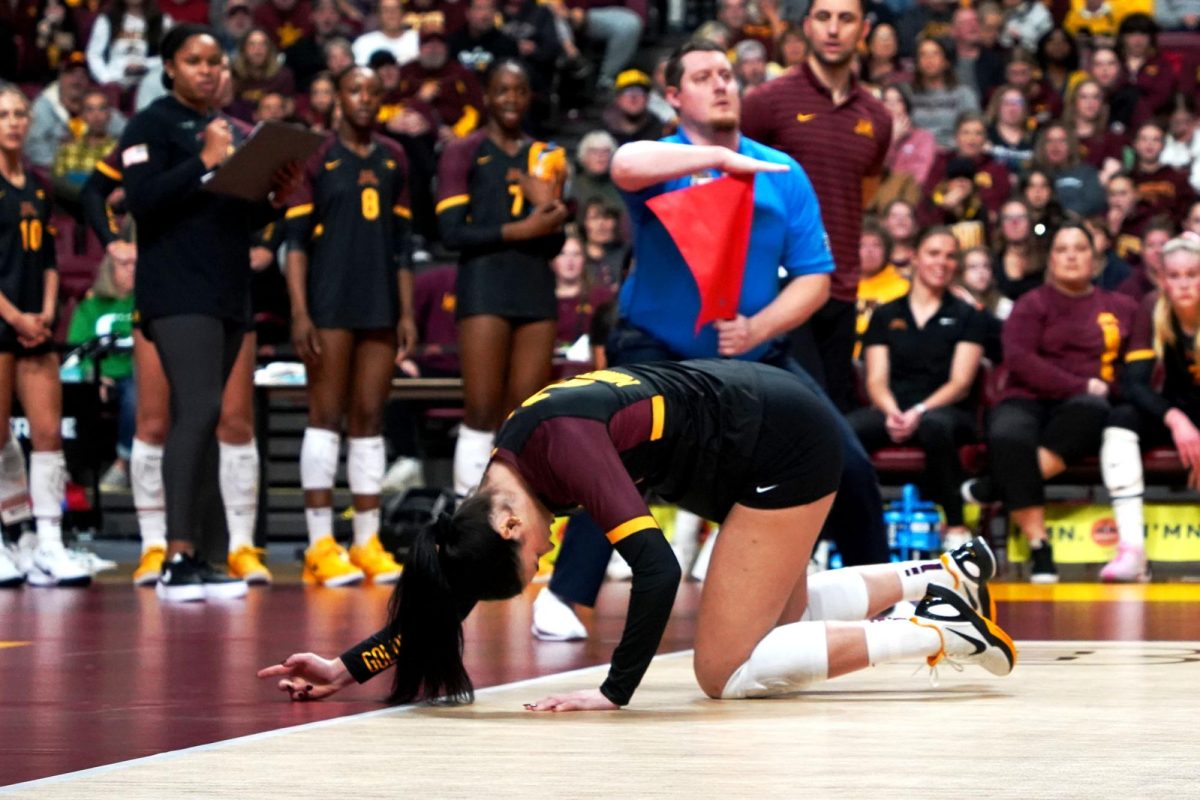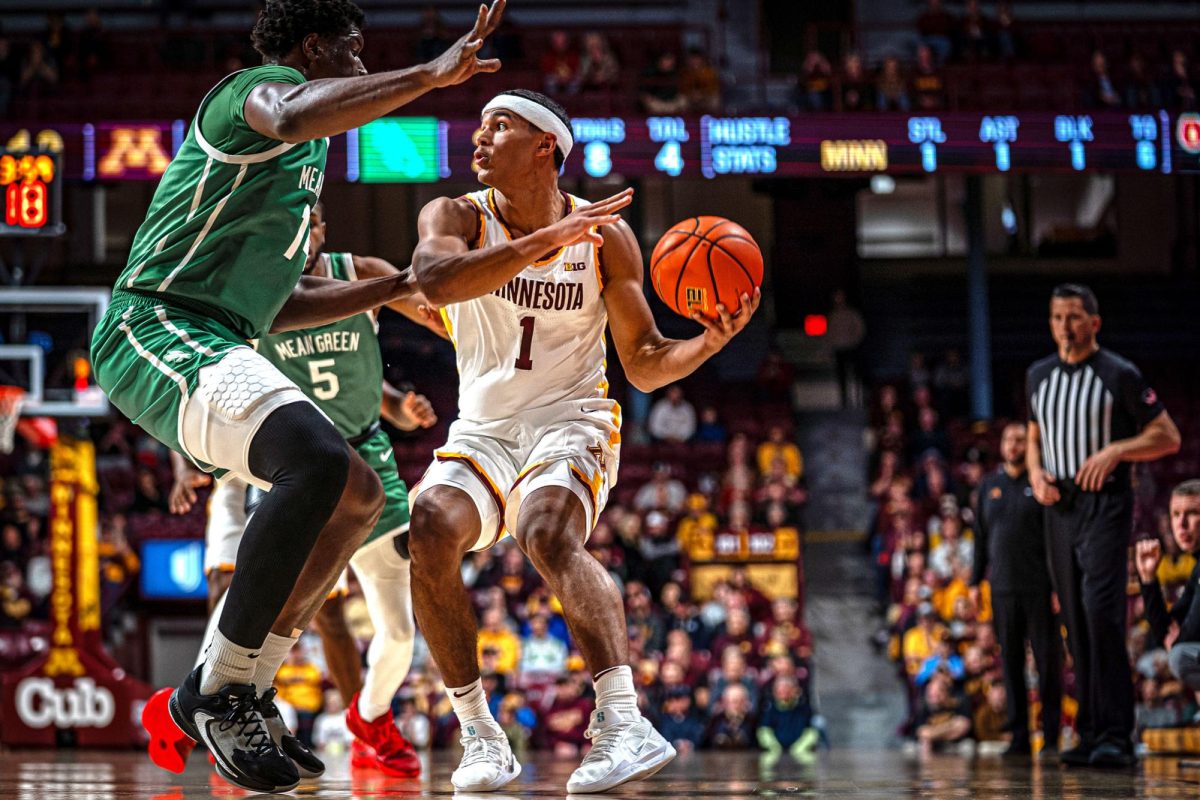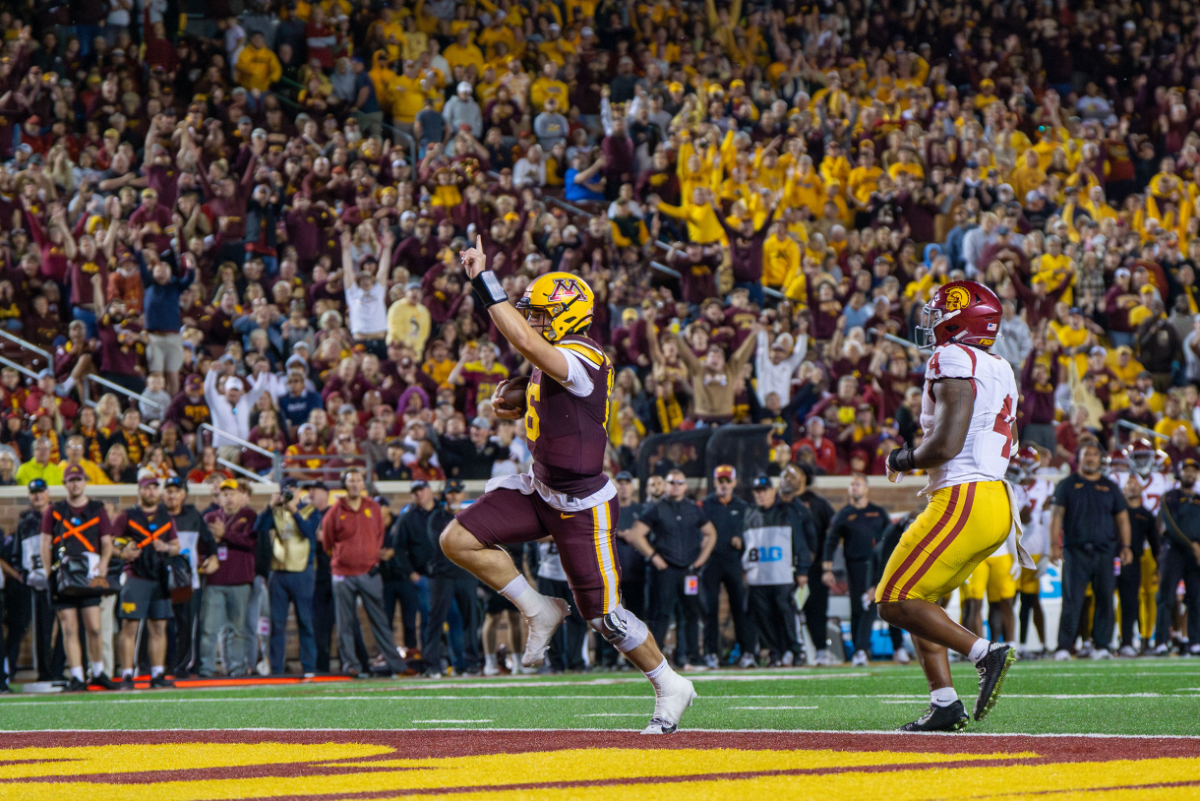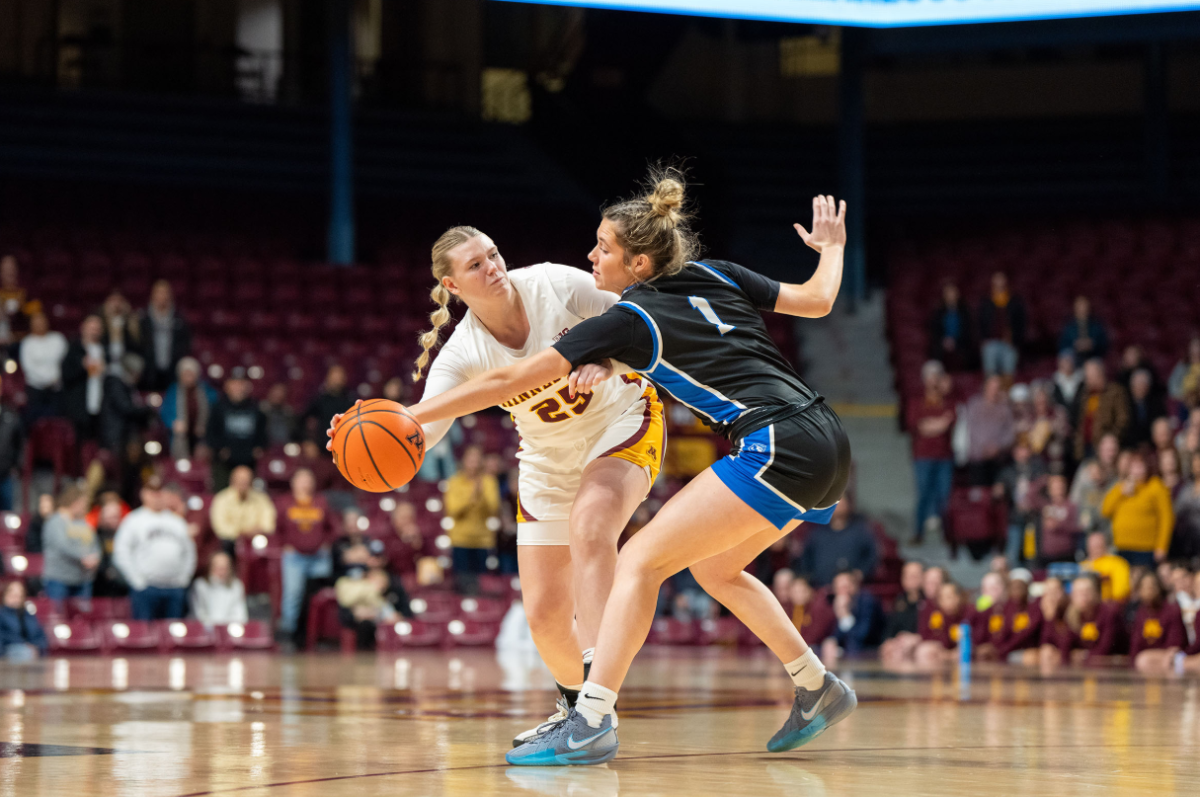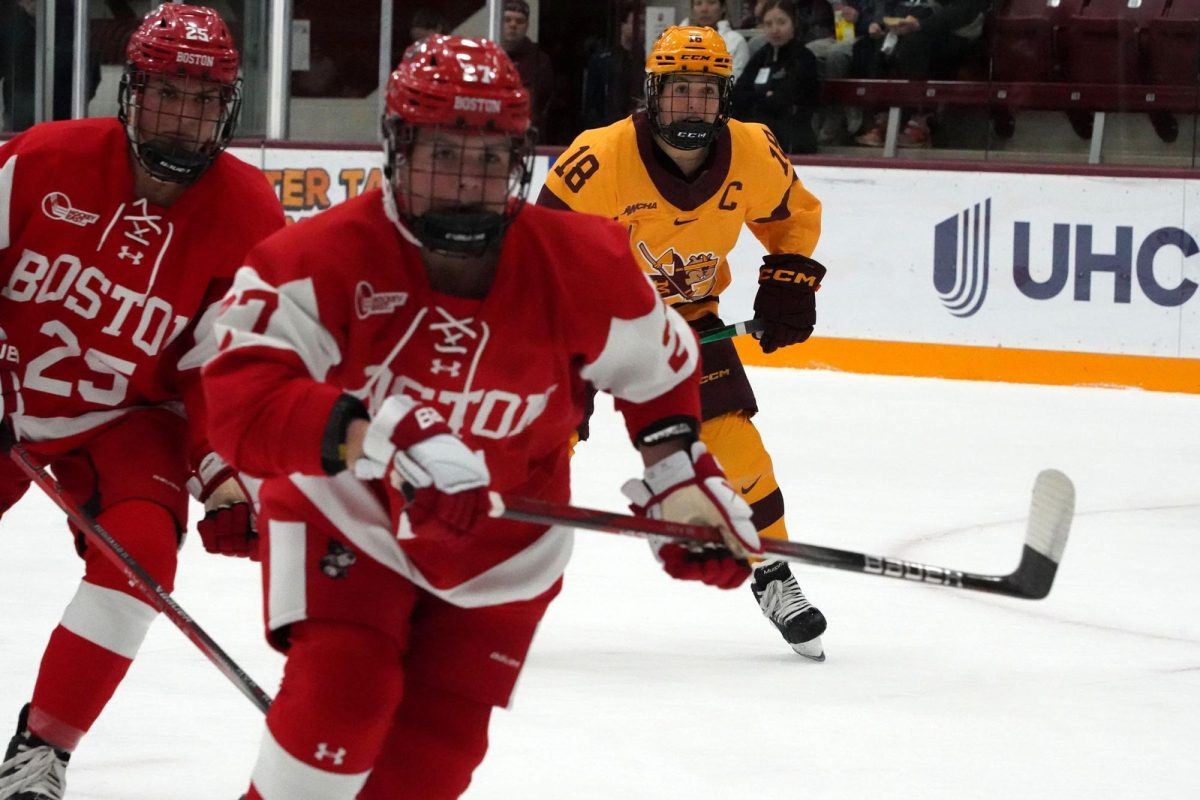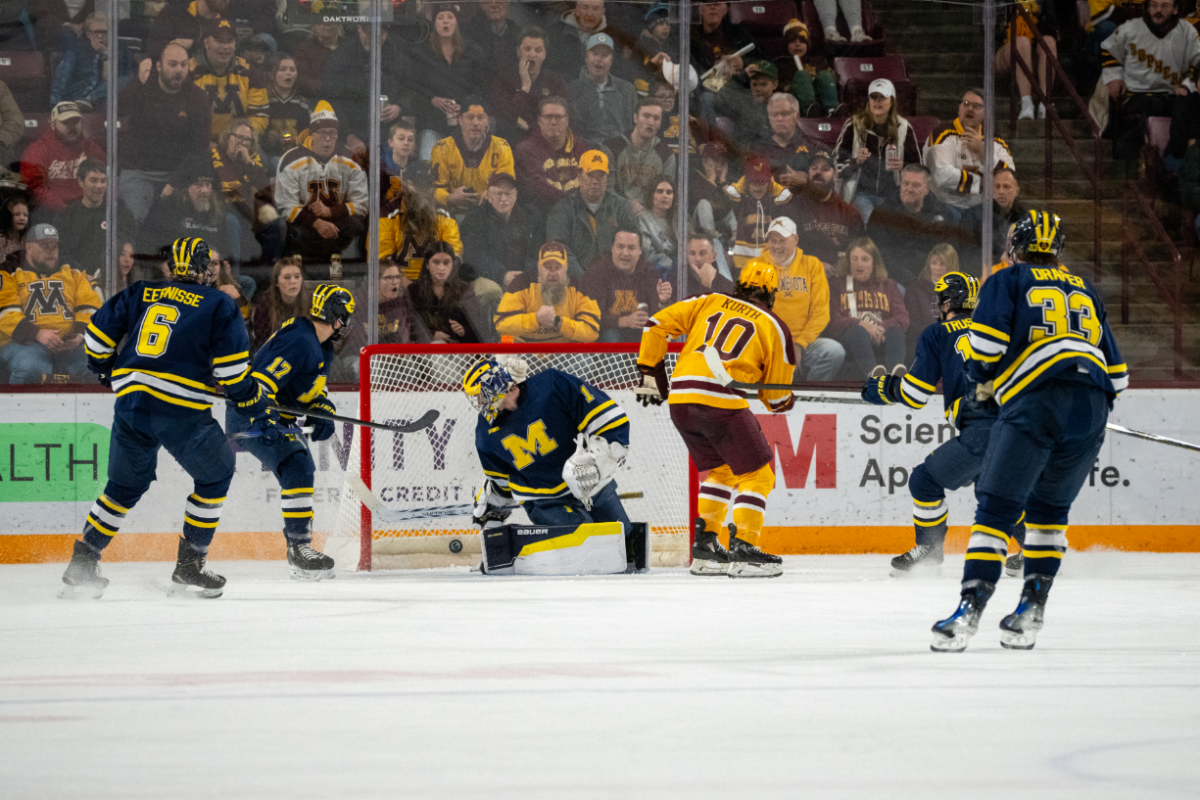After last weekâÄôs announcement that the Big East would add five programs that reach out to Texas, Idaho and California, the conference calling itself the âÄúBig EastâÄù is becoming a stretch.
Last Wednesday, Big East commissioner John Marinatto announced that the conference would add Houston, Southern Methodist and Central Florida out of Conference USA in all sports while adding Mountain West schools Boise State and San Diego State for football only beginning in 2013.
NCAA athletic conferences have been set up to create geographical, rivalry-based competitions that usually cater to the schedule of the student-athlete.
The Big EastâÄôs attempt to survive as one of the major six-Bowl Championship Series conferences has vacated that concept and created the farthest spreading conference in Football Bowl Subdivisions history.
âÄúWe donâÄôt foresee any issues with travel,âÄù Boise State assistant athletics director Max Corbet said. âÄúWeâÄôll continue to charter our football program the way we did when we were a part of the Mountain West.âÄù
Issues or not, Boise State will be guaranteed an additional $9 million from the BCS just for being a part of the automatic-qualifying Big East.
The Mountain West received just $12 million in 2011, roughly half of the $24 million the BCS gave to the nonautomatic qualifying conferences.
But, the Big East received $21 million as a lesser-paid member of the BCS âÄî the Big Ten, PAC-10 and the SEC got $27 million each.
âÄúThe Big East doesnâÄôt historically do middle-of-the-week games,âÄù Corbet said. âÄúSo depending on our schedule for 2013, we really donâÄôt expect any issues with our student-athletes missing class.âÄù
The NCAA sets regulations for how early a team can leave for a game, limiting the amount of class time missed, Corbet said.
âÄúFor our typical weekend games,âÄù Corbet said, âÄúweâÄôre always back in Boise by Sunday.âÄù
With the Big EastâÄôs television deal to be renegotiated in September, the widespread reach of the new programs should improve the contractâÄôs worth.
In fact, it is estimated the new TV contract will bring in $6 million to $12 million per school.
Farther west, the Aztecs will be taken from the Mountain West as well, where they receive $1.5 million per season in TV revenue, according to the North County Times.
San DiegoâÄôs top-30 television market and the comparative proximity to Boise State were primary factors in the Big EastâÄôs acceptance, even though SDSU is located more than 3,000 miles from the Big East headquarters in Providence, R.I.
However, Boise State outlined a few provisions before joining the Big East.
It expressed the need for a western partner to join with it and wanted to make sure the Big East would still be an automatic-qualifying conference. The current BCS format expires after the 2013 season, at which point the BCS could rethink which conferences receive automatic BCS bidsâÄî or do away with the AQ model altogether.
If everything goes according to plan, Boise State would have to pay a $5-million buyout to exit the Big East. However, if the Big East loses its AQ status, the buyout drops to $1 million; if the Big East fails to keep western partners for Boise State, there is no buyout.
Boise State will only travel across the country for conference play in football, which leaves the remainder of its sports to rejoin the Western Athletic Conference âÄî where it was a member the previous 10 years.
SDSU announced Monday that 14 of its sports will play in the Big West starting in 2013.
Big East commissioner Marinatto called it a mutual decision to bring in the Broncos and Aztecs for football only.
âÄúStudent-athletes in football donâÄôt miss a lot of class time to begin with,âÄù Lynn Holleran, the University of MinnesotaâÄôs director for student-athlete academic affairs, said. âÄúEspecially if you charter, that avoids all the problems associated with commercial travel.âÄù
Whether the move forces student-athletes to miss class time or not, playing football for western schools like Boise State or SDSU will likely force them to dedicate more travel time to jet across the country.
âÄúThis really shows you the magnitude of college football today,âÄù University athletics director Joel Maturi said. âÄúFootball is what drives conference affiliation.âÄù


